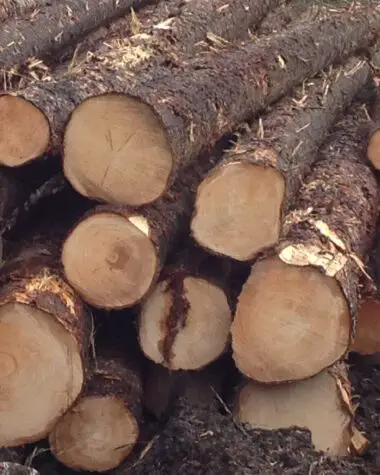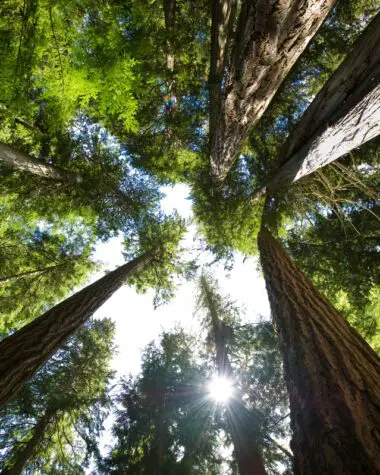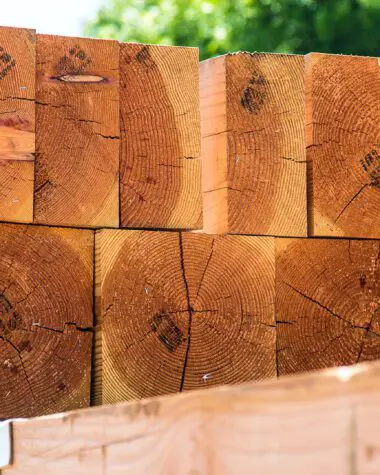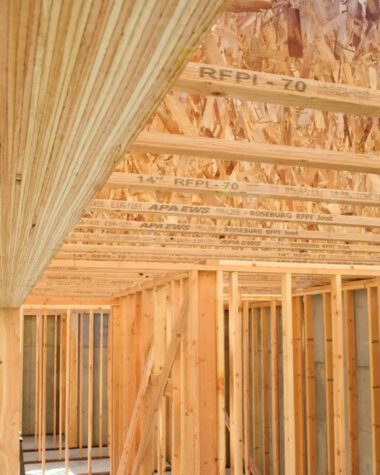Do you know that a guitar made from Koa wood is one of the most expensive instruments? Koa wood is a hardwood with an unmatched price due to some reasons. First, it is endemic in Hawaii. Second, the only Koa trees that can be harvested are dead or decaying trees found on public lands. This makes Koa wood rare. Such wood type that is found on plantation lands is too young and cannot be used for building and for furniture.
It sounds interesting that Koa wood is Hawaii’s most popular wood type. More of these will unravel if you continue reading this article. Let’s start the exploration.
Properties of Koa Wood
Koa is not just any tree. It is a remarkable, incredibly rare, sought-after tree. It creates breathtakingly lovely wood. Koa is one of Hawaii’s most revered historical traditions. Hawaiians and woodworkers all over the world hold it in the highest regard and consider it to be sacred. Let’s take a look at its common wood properties.
Weight
Hardwood Koa is regarded as relatively heavy wood. According to the Forest Product Laboratory of the US Department of Agriculture, Koa has a technical weight of .63 specific gravity. This weight is slightly heavier than walnuts with .55 specific gravity.
Odor
The aroma of Koa is pleasant and woodsy. This is noticeable when it undergoes a wood drying process, like a dehumidifier. Nevertheless, Koa doesn’t typically have a smell that is easily recognizable unless you are working with it.
Durability and Resistance
As a hardwood, Koa offers excellent crush resistance and shock absorption. Although it is sometimes likened to walnut, its interconnecting grain gives it an excellent form, and it weighs roughly 25% more. The hardwood is surrounded by thin, pale sapwood, which woodworkers compare to shiny, swirling marble.
Colors
The wood is mostly reddish-brown to dark brown, although it can also contain vibrant mixtures of black and gold.
Workability
Koa is often simple to work with and sands nicely. But it can be challenging to plane or mill figured wood or pieces with tightly interlocked grain without splitting or chopping. Additionally, Koa can also occasionally be difficult to glue, but this is not very common.
Grain Pattern
There are three common grain patterns of Koa wood:
- Straight pattern. It describes the wood grains running in a single direction, making them mostly parallel.
- Curly pattern. It refers to a compressed wood grain that exhibits alternate stripes perpendicular to the wood’s surface. This grain structure creates chatoyancy or the illusion of a three-dimensional surface of the wood.
- Figured pattern. It is similar to curly in that compression and other elements generate a nice appearance. Contrary to curly, it is not always parallel to the surface. It could have irregular turns and erratic twists in the grain.
Uses of Koa Woods
Koa wood is basically used to make fine furniture. These pieces are highly-prized and perfect for collecting and as heirloom pieces. Koa is also used to make fine guitars, violins, and more. You can also find small crafts, turnings, carvings, and decorative veneers made from Koa wood. Koa lumber is available in 4/4 and 8/4-inch thicknesses but not in slab form.
More about Koa Wood
There are a few considerations to take to grow a Koa tree: temperature, elevation, soil type, and rainfall. Only specific locations in Hawaii can offer the ideal environment for Koa to flourish. Therefore, anything made of wood or using wood that doesn’t originate from Hawaii is not a Koa.
The wood Koa is regarded as having great beauty and quality. Fine furniture, art, turnings, and musical instruments can all be made from it. It creates excellent gunstocks due to its shock resistance. The decay resilience of Koa makes it a good choice for boat trim. For architectural paneling, Koa can be used as a veneer, particularly with fiddleback figures.
One of the most special woods is Koa. No other wood has the kind of special feature of chatoyancy that Koa wood does. “Variable in color when seen under different lights or from different angles” is what chatoyant means.
Certain stones have a quality called chatoyancy, which shimmers and gives the impression that the gem has depth. Its appearance is nearly holographic. As a result, it gives the wood a three-dimensional quality.
Other Hardwood Types
- Ipe Wood– Ipe is among the world’s toughest woods, which contributes to its extraordinary toughness and longevity. Additionally, it has a built-in resistance to fire, deterioration, mold, and insect attack.
- Poplar Wood– Poplar wood has a lower rating than most hardwoods, but it still has qualities that make it more like softwoods and make it simpler to deal with. One of the woods that is most flexible is poplar.
- Rubber Wood– As it uses plantation trees that have already performed a beneficial job, rubberwood is frequently marketed as an “environmentally friendly” wood.
- Sapele Wood– Large hardwood trees like the Sapele grow naturally throughout much of Africa. And it has many properties which are the same as mahogany.
- Balsa Wood– Balsa wood belongs to the hardwood family. Due to its softness and lightness, it is often used in crafts like model airplanes.
- Cherry Wood– No one can deny the amazing qualities of cherry wood, which could be the reason why wood enthusiasts cherish it the most.
- Mahogany Wood– The possible extinction of Mahogany wood cannot clear the fact that it is one of the most valuable wood types existing.
- Teak Wood– There are countless reasons why teak wood is prized for its value.
Conclusions
It is a privilege to know how amazing Koa wood is. This wood might be inexpensive compared to other hardwoods, but its value is justified. It has good qualities, which are its big assets compared to other wood types. As part of your exploration, Koa wood is one of the best woods you know so far.








